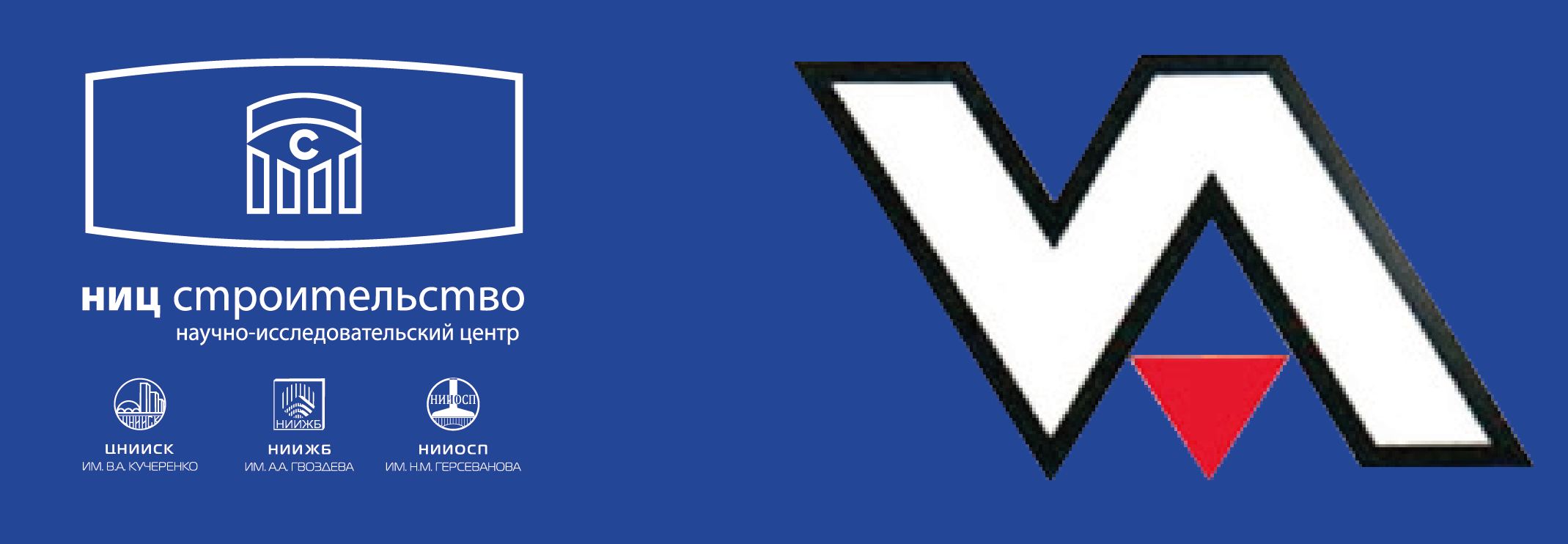Parametric regulation of reinforced concrete structures
https://doi.org/10.37538/0005-9889-2025-5(630)-5-11
EDN: CQBZMP
Abstract
Introduction. The Strategy of the Development of the Construction Industry and Housing and Communal services in the Russian Federation provides for the transition to parametric regulation in construction. The article attempts to examine the essence of such a transition in terms of the design of load-bearing reinforced concrete structures from various perspectives. The article discusses the features of such a transition compared to the current principle of regulation, highlights various aspects of such a transition, and examines the possible consequences of their impact on the overall design process. The transition to parametric regulation has both advantages and disadvantages, and therefore the implementation of such regulation in the design practice requires careful and comprehensive assessment, taking into account the existing domestic experience in the design of reinforced concrete
structures.
Aim. To assess the transition to parametric regulation in the design of reinforced concrete structures.
Materials and methods. The assessment was performed based on an analysis of the provisions of the Strategy for the Development of the Construction Industry and Housing and Communal services in the Russian Federation, as well as the provisions of domestic and foreign regulatory and technical documentation.
Results. The general principle of transition to parametric regulation has been analyzed, the positive aspects of such a transition, as well as its disadvantages, have been noted. Proposals have been formulated to eliminate the disadvantages of transition to parametric regulation in the design of load-bearing reinforced concrete structures.
Conclusions. It is necessary to take into account the development of technologies, calculation methods, approaches to design, the emergence of new materials, and to implement all of this in the practice of designing of concrete and reinforced concrete structures. At the same time, the introduction of such innovations should be based on the fundamental principles of ensuring the reliability and durability of the adopted design solutions. In order to eliminate the shortcomings, the implementation of parametric standardization in the design practice requires careful and comprehensive assessment, taking into account the existing domestic experience in the design of reinforced concrete structures. It seems to be necessary for transition to parametric standardization to prepare a system of voluntary use documents that will allow designers to solve all the problems of building structures designing.
About the Author
S. A. ZeninRussian Federation
Sergey A. Zenin, Cand. Sci. (Engineering), Head of the Laboratory of the Theory of Reinforced Concrete and Constructive Systems, Research Institute of Concrete and Reinforced Concrete named after A.A. Gvozdev, JSC Research Center of Construction, Moscow
e-mail: lab01@mail.ru
References
1. Strategy for the Development of the Construction Industry and Housing and Communal Services in the Russian Federation for the Period up to 2030, with a Forecast up to 2035. Approved by Order No. 3268-r of the Government of the Russian Federation dated October 31, 2022. (In Russian).
2. Lebedeva I.V., Petrova T.A. Analysis of modern approaches to assessing reliability in construction. <i>Vestnik NIC Stroitel’stvo = Bulletin of Science and Research Center of Construction</i>. 2023, no. 3 (38), pp. 20–36. (In Russian). DOI: https://doi.org/10.37538/2224-9494-2023-3(38)-20-36. EDN: HYPKUO.
3. Nikolenko K.S., Absimetov V.E. Advantages and disadvantages of parametric and target methods of regulation of design solutions for building structures. in the collection: science and innovations in construction. <i>Collection of papers of the VI International Scientific and practical conference dedicated to the 50th anniversary</i> of the Department of construction and Urban Economy. Belgorod, 2022, pp. 31–34. EDN: DBXOTJ. (In Russian).
4. Kolubkov A.N. Parametric method of regulation. Constant striving for change. <i>ABOK. Ventilation, heating, air conditioning, heat supply, and building thermal physics</i>. 2023, no. 8, pp. 12–21. EDN: CKALDV. (In Russian).
5. SNiP 10-01-94. System of normative documents in construction. Basic principles. Available at: https://docs.cntd.ru/document/5200307?ysclid=mgevgx8kdc527652941. (In Russian).
6. SNiP 52-01-2003. Concrete and reinforced concrete structures. Principal rules. Available at: https://clck.ru/3PacNr. (In Russian).
7. Zvezdov A.I., Zalesov A.S., Mukhamediev T.A., Chistyakov E.A. On the new design standards for reinforced concrete and concrete structures. <i>Beton i Zhelezobeton = Concrete and Reinforced Concrete</i>. 2002, no. 2 (515), pp. 2–6. (In Russian).
8. Federal Law No. 384-FZ of 30.12.2009 “Technical regulations on the safety of buildings and structures” [internet]. Available at: https://normativ.kontur.ru/document?moduleId=1&documentId=475858. (In Russian).
9. SP 52-101-2003. Concrete and reinforced concrete structures without prestressing. Moscow, 2004. (In Russian).
10. SP 52-102-2004. Prestressed concrete structures. Moscow, 2005. (In Russian).
11. SP 52-103-2007. Concrete monolithic building structures. Moscow, 2007. (In Russian).
12. SP 52-104-2006. Steel fibre reineorced concrete structures. Available at: https://clck.ru/3Padtn. (In Russian).
13. SP 52-105-2009. Concrete structures for cold climate and permafrost soil. Moscow, 2009. (In Russian).
14. SP 63.13330.2012. Concrete and won concrete construction. Design requirements. Updated version of SNiP 52-01-2003. Available at: https://docs.cntd.ru/document/1200095246?ysclid=mgewcymja5403349427. (In Russian).
Review
For citations:
Zenin S.A. Parametric regulation of reinforced concrete structures. Concrete and Reinforced Concrete. 2025;630(5):5-11. https://doi.org/10.37538/0005-9889-2025-5(630)-5-11. EDN: CQBZMP











